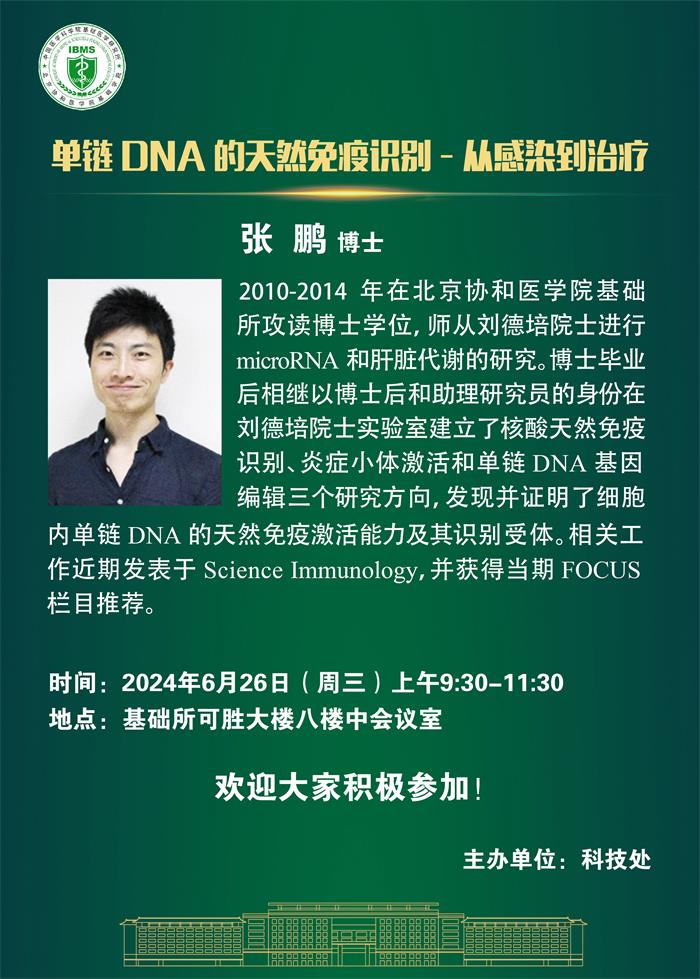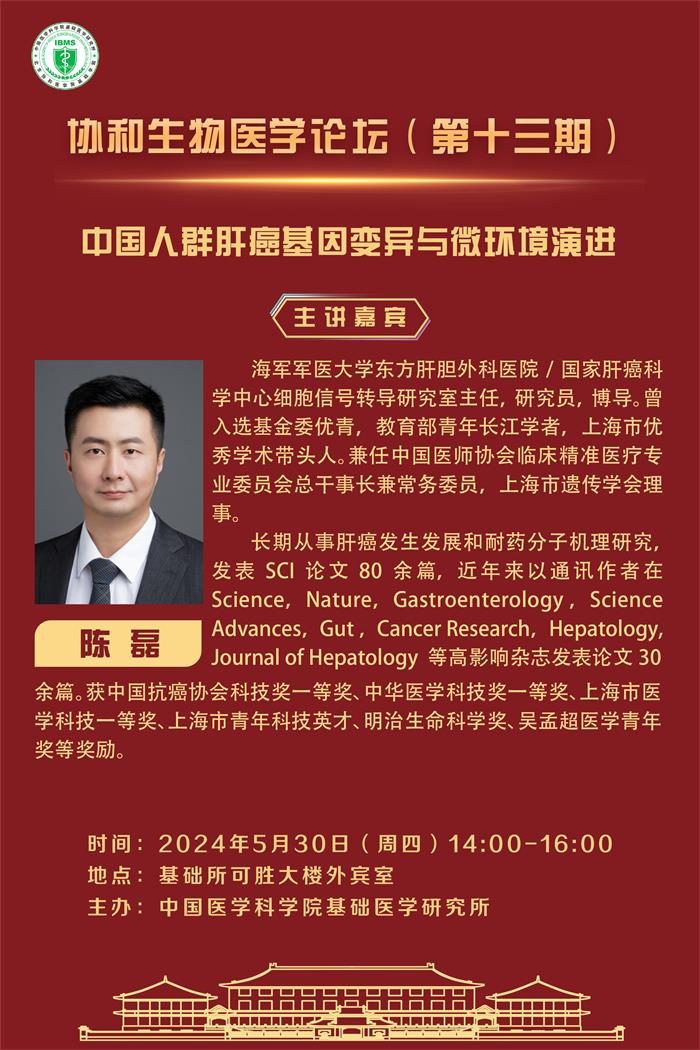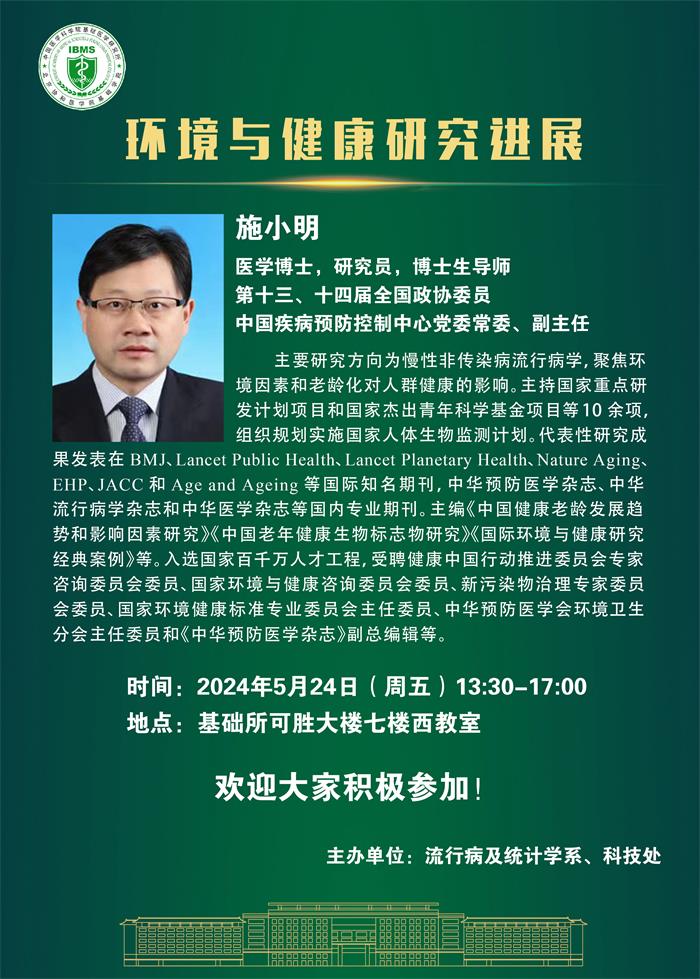Hepatic glycogenesis antagonizes lipogenesis by blocking S1P via UDPG
Jie Chen # 1, Yabo Zhou # 1, Zhuohang Liu 1, Yan Lu 1, Yishen Jiang 1, Kexin Cao 1, Nannan Zhou 1, Dianheng Wang 1, Chaoqi Zhang 1 2, Ning Zhou 3, Keqing Shi 4, Lu Zhang 5, Li Zhou 1, Zhenfeng Wang 1, Huafeng Zhang 6, Ke Tang 7, Jingwei Ma 8, Jiadi Lv 1, Bo Huang 1 7
Science.2024 Feb 16;383(6684):eadi3332. doi: 10.1126/science.adi3332.
PMID: 38359126
Abstract
The identification of mechanisms to store glucose carbon in the form of glycogen rather than fat in hepatocytes has important implications for the prevention of nonalcoholic fatty liver disease (NAFLD) and other chronic metabolic diseases. In this work, we show that glycogenesis uses its intermediate metabolite uridine diphosphate glucose (UDPG) to antagonize lipogenesis, thus steering both mouse and human hepatocytes toward storing glucose carbon as glycogen. The underlying mechanism involves transport of UDPG to the Golgi apparatus, where it binds to site-1 protease (S1P) and inhibits S1P-mediated cleavage of sterol regulatory element-binding proteins (SREBPs), thereby inhibiting lipogenesis in hepatocytes. Consistent with this mechanism, UDPG administration is effective at treating NAFLD in a mouse model and human organoids. These findings indicate a potential opportunity to ameliorate disordered fat metabolism in the liver.





